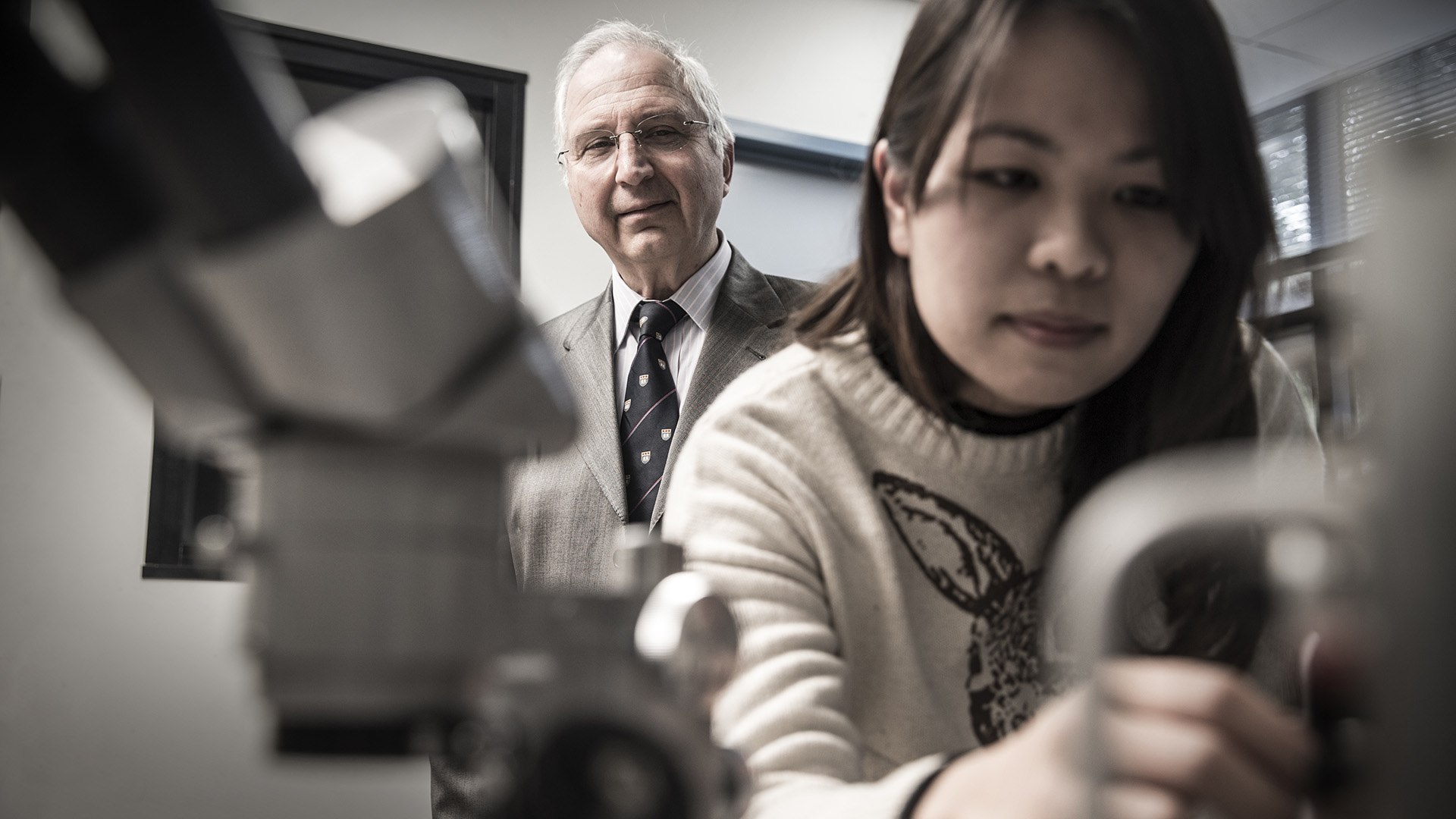Centre for Medical Radiation Physics will develop instruments to measure radiation doses to astronauts

The University of Wollongong's Centre for Medical Radiation Physics (CMRP) has won research funding from the European Space Agency for a project to monitor radiation on the Agency's upcoming lunar missions.
The project, a collaboration with Norwegian research institution SINTEF and the National and Kapodistrian University of Athens (NKUA), was awarded $625,000 (400,000 euros).
On high-altitude flights and space missions, astronauts and electronic equipment are exposed to space radiation, a mix of solar energetic particles (SEP), which come from the sun, and galactic cosmic rays (GCR) from deep space beyond our solar system.
GCR and SEP interactions with the lunar surface induce secondary particle production, including a significant neutron population. GCRs and SEPs and the produced secondary particles can potentially affect astronaut health. They can also damage electronic instruments on spacecraft.
As part of the project, CMRP Director Distinguished Professor Anatoly Rozenfeld and Dr Linh Tran will develop microdosimetry instruments to accurately measure space radiation in the environment outside and inside of spacecraft for lunar missions.
Other members of the CMRP space radiation team, Associate Professor Susanna Guatelli and Dr David Bolst, will develop simulations of the lunar radiation environment, while Professor Michael Lerch and Associate Professor Marco Petasecca will work on the development of innovative radiation detectors and electronics for them.
The project provides a unique training opportunity for PhD students Vladimir Pan and Matthew Large, who will contribute to microdosimetry detector system development and Monte Carlo simulation of expected doses to astronauts on the Moon's surface. Third-year undergraduate students Daniel Bennett and Dylan Hill have also joined the project, and are aiming for future PhD studies in space medicine and particle therapy.
Professor Rozenfeld, a member of the Australian Space Agency's Space Medicine and Life Sciences Technical Advisory Group, said radiation was one of the main concerns in human space flight, a potential limiting factor for crewed long-term expeditions such as missions to the Moon and to Mars.
"Human missions to the moon are planned within the next few years but knowledge and data for radiation measurements on the moon is very limited and has primarily been based on calculations using radiation transport models," he said.
"Although these are based on well-established physical principles, there remain uncertainties in the calculation results."
CMRP's collaboration with SINTEF, draws together the world's leading experts in the development of microdosimetric miniaturised sensors, invented at CMRP and licenced to SINTEF for mass production.
These sensors will continuously measure biologically relevant radiation doses to astronauts and the probability of Single Event Upset (SEU) in space electronics in hard to predict space weather conditions, allowing the European Space Agency to take countermeasures to mitigate adverse radiation effects.
Microdosimetry instruments will be part of a comprehensive radiation monitoring package for lunar missions, which will be developed jointly with NKUA over the next two years.
"This European Space Agency funded project and collaboration is a demonstration of Australian capabilities in space exploration, and in particular UOW's contribution to that," Professor Rozenfeld said.






